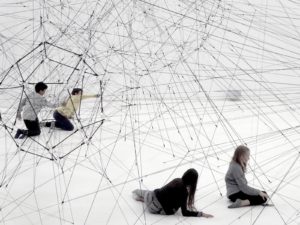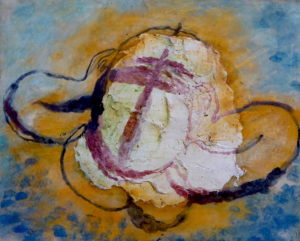
Art meets science meets technology with the huge “On Air” exhibition —devoted to a selection of major works by Argentinian artist Tomas Saraceno— at Paris’ Palais de Tokyo (until Jan 06, 2019). The exhibition has been described as an ecosystem in motion hosting a polyphonic choreography between humans and non-humans. From jamming with spiders to walking on air, Saraceno’s immersive installations challenge viewers’ to consider such improbabilities as spiders playing music and cities floating in the air. Continue reading ““On Air” at Palais de Tokyo”











